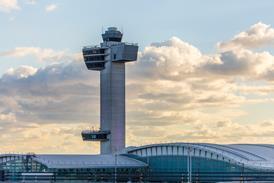The value of Lockheed Martin’s Long-Range Anti-Ship Missile (LRASM) development programme has been raised by $104 million to $306 million as the US military presses to have the autonomous, ship-killing missile integrated with the B-1B “Bone” bomber and F/A-18 Super Hornet by 2018 and 2019, respectively.
Lockheed and the US Defense Advanced Research Projects Agency are in the final stages of maturing LRASM technology ahead of the programme’s transition to an aircraft integration and testing phase with the navy and air force.
According to a June 2 contract announcement, DARPA has awarded the Lockheed-lead industry team, which includes BAE Systems as a large subcontractor, more funds to continue development efforts through July, 2016. The B-1B has already trailed the missile, and captive carry tests are due to start on the navy’s F/A-18E/F Super Hornet late this year.
If all goes according to plan, Lockheed will be on contract to start delivering production LRASM missiles to the navy and air force in fiscal 2017.

Lockheed spokesman John Kent says the extra funds build on a contract awarded last year for long-lead parts procurement and initial risk-reduction tasks. “This new contract definitization award further defines the scope of work to complete the original contract, but does not accelerate the current period of performance.”
“The program has been successful in all of its testing to date, and risk reduction of subassemblies is progressing as planned,” he says. “The activity under the current contract will lead into the upcoming integration and test contract which Lockheed Martin is currently proposing for the US Navy.”
LRASM – a maritime derivative of Lockheed’s extended-range Joint Air-to-Surface Standoff Missile (JASSM-ER) – begins filling what the US Defense Department describes as a “critical naval surface warfare capabilities gap in anti-ship missile technologies”. The department is fielding LRASM on the B-1B and F/A-18 as an “early operational capability” while the remainder of the programme matures.
LRASM had its third successful flight test from an air force B-1B bomber in February at the Point Mugu naval sea range in California.
Source: FlightGlobal.com























